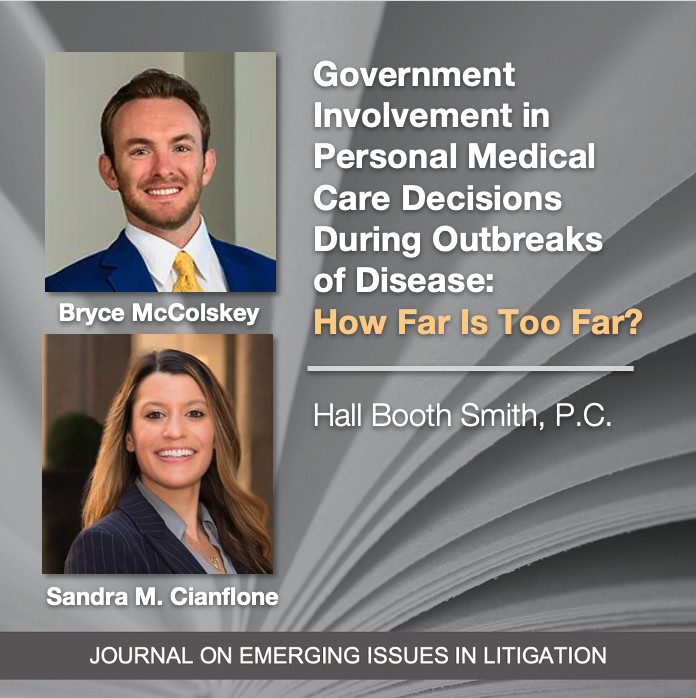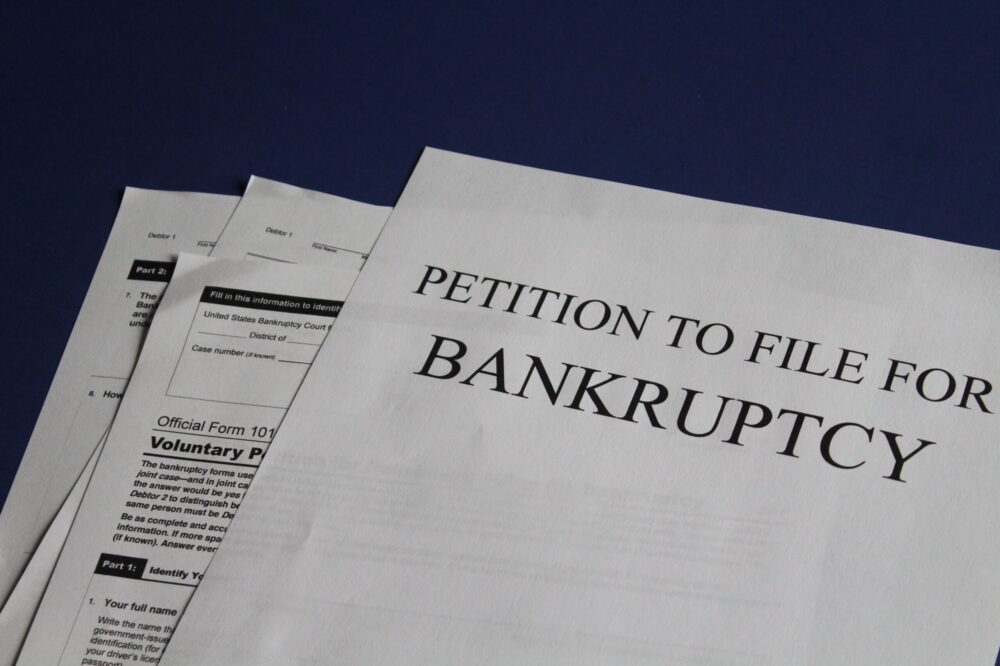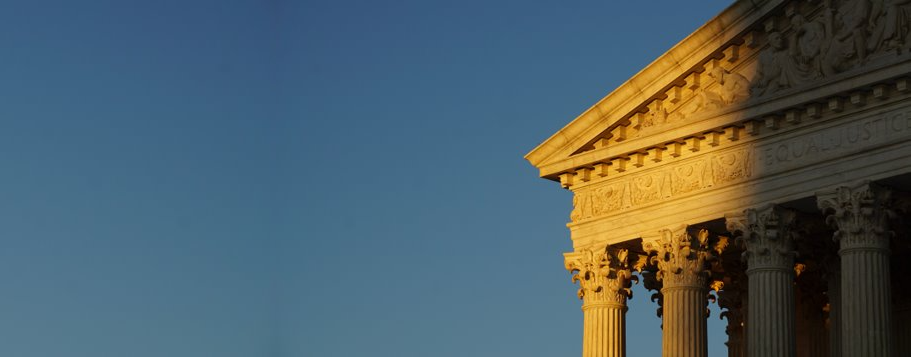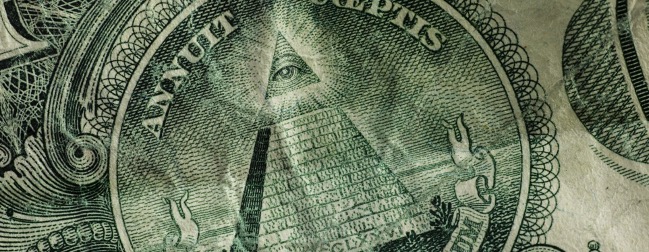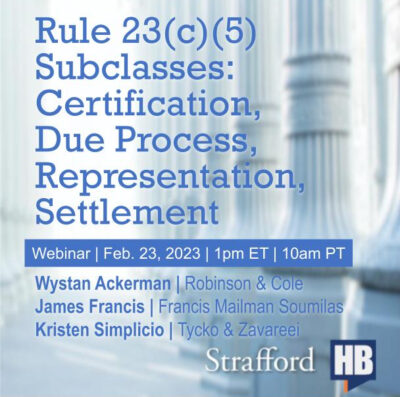Contaminated Sites and Long-Term Stewardship: Meeting Obligations for Residual Contamination
Contaminated Sites and Long-Term Stewardship: Meeting Obligations for Residual Contamination Best Practices for Counsel in Implementing, Maintaining, and Enforcing LTS Potential LTS obligations often flow from residual contamination. These obligations frequently center on the vapor intrusion (VI) pathway. VI is the migration of vapor-forming chemicals from any subsurface source into an overlying building. This evolving inhalation "pathway" presents significant challenges and complicates environmental remediation for Brownfield development projects, real estate transactions, and management of commercial/industrial real estate portfolios. The U.S. EPA's national Institutional Control (IC) Policy provides important guidance for investigation and remediation, and ultimately closing, contaminated sites. The IC Policy outlines an approach to help meet potential LTS obligations for managing residual risk and achieve site closure. LTS is an increasing part of cleanup programs to get contaminated properties ready for beneficial reuse. Ongoing monitoring and maintenance (especially for the VI pathway) are needed to ensure continued protection of human health and the environment. Environmental counsel to companies must understand the legal risks from the contaminated sites, when and how to implement LTS, what needs to be done to ensure LTS obligations are met, and the new LTS tools and technologies available to tailor a site-specific approach. Listen as our panel of experts examines LTS and what that includes from a monitoring plan to reporting requirements. The panel will discuss the viability of remedies [...]






